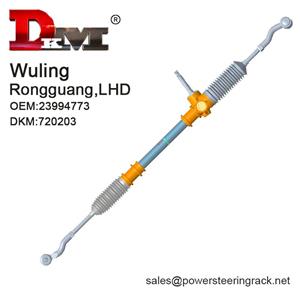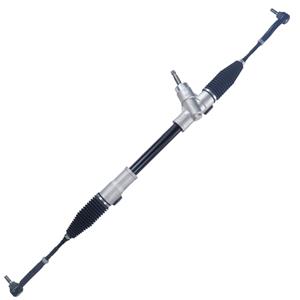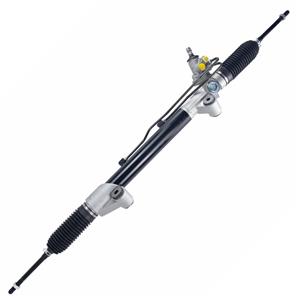-
One of the most common symptoms of a BMW steering rack failure is steering that becomes heavy or stiff. Normally, a steering rack transmits power smoothly when in good condition. However, if the rack is severely worn, the meshing clearance between the teeth and the pinion increases, generating greater friction during steering.
-
Five signs that your hydraulic power steering rack needs to be topped up: 1. Heavy steering wheel 2. Unusual steering wheel noises 3. Steering becomes jerky 4. Hydraulic oil warning light illuminates 5. Check the hydraulic oil tank fluid level
-
0408-2025
How to Check the Steering Rack Bushing?
Unusual noises during steering system operation are common signs of bushing damage or wear. When the steering rack bushing is worn or damaged, the metal parts within the steering system may rub against each other, producing various types of noises.
-
2407-2025
What is a steering rack bushing?
The steering rack bushing is a small friction bushing in the steering system. It is usually located between the steering rack and the steering gear, or where it is connected to the steering column. Its main function is to provide a smoother steering experience by reducing the friction between the rack and other steering components.
-
If there is air in the system, the hydraulic oil cannot stably provide sufficient power support, resulting in heavy or slow response when steering, especially when steering at low speeds or parking, the owner will obviously feel the difficulty of steering.
-
If the engine cannot operate normally, the hydraulic pump cannot continue to work. When the hydraulic pump cannot provide sufficient hydraulic power, the performance of the hydraulic power steering system will be greatly reduced, resulting in insufficient steering power.
-
Carbon steel is one of the most common materials for manufacturing power steering racks. Its advantage is that the cost is relatively low and it has good processing performance. Carbon steel has high hardness and wear resistance, which can meet the requirements of steering racks for load capacity and durability.
-
When replacing the steering pump and steering rack, if the power steering fluid is not checked and replenished in time, the fluid level is too low or the fluid quality is unqualified, it will affect the normal operation of the hydraulic system. A low fluid level in the hydraulic system will cause the steering pump to not get enough fluid to generate enough power assistance, which will cause the steering wheel to be heavy.
-
The design of the electric steering rack is based on a certain intensity of use and load conditions. If the vehicle is overloaded for a long time, or during long-term high-speed driving, frequent parking and steering, the electric steering system may encounter excessive load.
-
0807-2025
Is it normal for liquid to flow out of the dust cover of the hydraulic power steering rack?
The hydraulic oil should be kept in the pipes and steering rack inside the system, and should not flow out through the dust cover. If there is liquid outflow or accumulation in the dust cover, it usually means that there is a problem with the steering system, which may involve aging, damage or oil seal failure of the seal.




